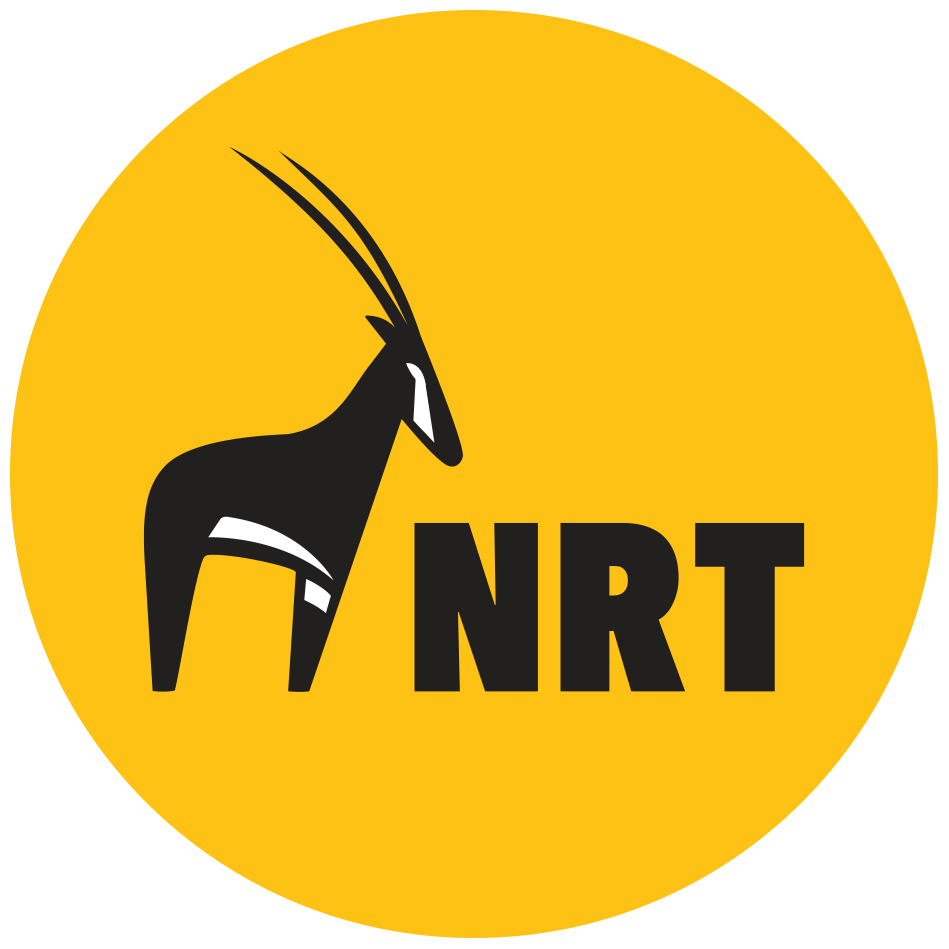Pangolin Sighting and Rescue in West Pokot Inspires Conservation Action
THE WORLD’S MOST TRAFFICKED MAMMAL: Thought to have disappeared from Pellow Community Conservancy, two new sightings of the endangered pangolin here have inspired fresh conservation action. Photo by Andy Lowe, via African Wildlife Foundation.
“We used to bump into them all the time when we were young herding our cattle,” says Loreng Lomuto, a 70-year old elder from Kaaron village in Pellow Community Conservancy, West Pokot County, “but they disappeared without a trace”.
He is talking about 'Amikimak' - pangolins in Pokot dialect – and Pellow is not alone in witnessing their disappearance. Believed to be the world's most trafficked (non-human) mammal, the pangolin is thought to account for as much as 20% of all illegal wildlife trade. Tens of thousands of pangolins are poached every year, killed for their scales for use in traditional Chinese medicine and for their meat, which is considered a delicacy in China and Vietnam.
Pangolins used to be hunted for their scales in West Pokot, too, according to Loreng. “Their scales were believed to protect a herdsman’s livestock from theft,” he explains – “that was common about 50 years ago.” Others believed that pangolins were a bad omen.
They were though to have all but disappeared in Pellow, until two recent pangolin sightings - one as part of a rescue missions by conservancy scouts – established that there might still be a small population in West Pokot.
In late 2019, Pellow scouts received a tip off that a man from outside the conservancy had captured a pangolin and was looking for a potential buyer. Working with the Kenya Wildlife Service from nearby Nasalot National Reserve, and undercover mission was launched to recover the pangolin and set it free.
PANGOLIN SIGHTING IN PELLOW; this pangolin was rescued from a would-be trafficker and released
The second sighting was reported by a livestock herder, who came across a pangolin at night while searching for his lost cow.
The sightings have sparked inspiration for species-specific conservation measures in the conservancy.
“To protect the pangolins, our conservancy scouts are working with Kenya Wildlife Service (KWS) officers to protect the endangered species in hotspot areas and to change the narrative held by community members in regards to pangolins through awareness,” says Silas Plimo, the manager of Pellow Community Conservancy.
There is widespread support amongst the community for a wildlife sanctuary to protect pangolins, which in turn could attract tourists and scientists and provide a valuable a source of revenue to the conservancy.
There are eight species of pangolins. Four are found is Asia, and four are African species; the ground pangolin, giant pangolin, white-bellied, and black-bellied — all except the latter are listed as endangered by IUCN.
“We are in the process of conducting a baseline survey to establish where the pangolins are and come up with measures on how to protect them in their natural environment,” says Antony Wandera, NRT’s Senior Research and Monitoring officer.
Pangolins feed exclusively on ants and termites and are native to savannah, rocky slopes and riverbed habitats. Their scales are made of keratin, the same substance as human fingernails, and have no proven medical value. In 2016, 186 countries party to the Convention on International Trade in Endangered Species (CITES) voted to ban the commercial trade of pangolins.


